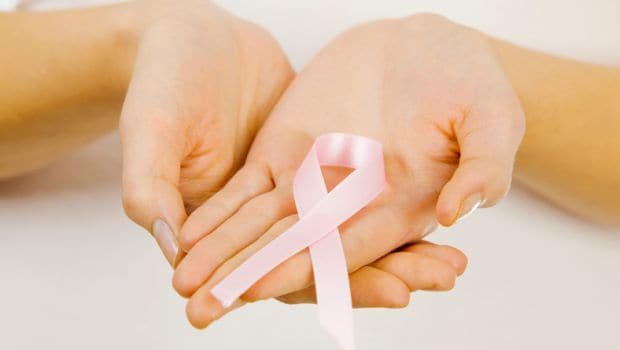 Among the most popular topics in biology in recent years is the human microbiome, the trillions of bacteria and other tiny organisms inside and outside our bodies that outnumber our own cells by as much as three-to-one. Much of the news on this topic has been about the colony of bacteria deep in your gut; scientists believe that the mix may contribute to all sorts of medical conditions ranging from Crohn’s disease, an inflammatory bowel disorder, to anxiety.
Among the most popular topics in biology in recent years is the human microbiome, the trillions of bacteria and other tiny organisms inside and outside our bodies that outnumber our own cells by as much as three-to-one. Much of the news on this topic has been about the colony of bacteria deep in your gut; scientists believe that the mix may contribute to all sorts of medical conditions ranging from Crohn’s disease, an inflammatory bowel disorder, to anxiety.
Now it looks like the microbiomes in other parts of our bodies may also play an important role in disease.
In one of the most recent studies, researchers from the Mayo Clinic have identified significant differences in the breast bacteria of women with and without breast cancer.
The paper, published in the journal Scientific Reports, reveals that inside the breast is a complex microscopic world much different from that of the skin tissue just outside. Researchers used DNA sequencing to analyze sterile breast tissue removed from 33 women in the operating room and compared the results to breast skin and cheek swabs taken from the same patients.
The tiny organisms contained within the breast of women who had benign breast disease – lesions and abnormalities that ended up not being cancerous – were dramatically different from those in samples taken from the same locations in women who did have cancer. Women with breast cancer had more abundance of a variety of bacteria such as Fusobacterium, Atopobium and Lactobacillus. And their skin microbiome just inches away seemed completely distinct.
“There were really striking differences between skin tissue and breast tissue,” said Tina J. Hieken, a Mayo Clinic breast surgical oncologist who led the study. Not only did breast skin have a different mix of bacteria, but the bacteria that lived there were more abundant.
Unlike previous breast microbiome studies, this study collected breast tissue from a sterile operating room environment. However, it did not collect breast tissue from women without breast abnormalities of any kind – the women who ended up not having invasive breast cancer, but entered the operating room because of breast disease. The researchers did test for the effects of menopause on the samples taken, but found no difference in the microbiome based on age or menopausal status.
Although the study points to the breast as a distinct microbial ecosystem of its own, it raises questions about exactly what the microbes – or lack thereof – might mean in terms of breast cancer.
“We don’t really know if it’s the presence or perhaps the absence of a certain bacteria that can confer risk or lead to the development of cancer,” said Hieken. “Or is it an entire bacterial community that is required?”
Fusobacterium, for example, has been associated with colorectal cancers, but Hieken said more research is needed to determine exactly how the two might be linked. “These bacteria might act by secreting virulence factors or by creating a pro-inflammatory environment,” she said. “We’d like to look at what’s really going on in the microenvironment of the tissue.”
Now, Hieken and her team are delving even further into the microbiome they’ve found. They plan to analyze the bacteria to try to tease out their role in developing, worsening or even slowing cancer. But she warned that, as with any project on the cutting edge of scientific research, “there’s a huge learning curve.” Although research into the gut microbiome has gained mainstream recognition and momentum through initiatives such as the Human Microbiome Project, fewer researchers have delved into the microbiome of human tissues.
To make significant strides, the research community will have to increase sample sizes and ensure reproducible results – and that can move at what seems like a snail’s pace. In the fight against cancer, time is a precious resource, especially given that breast cancer is the most common experienced by women.
“Could we have a microbial risk prediction signature?” Hieken asked. “Could we do better to predict risk for individual women?” Only time will tell – and that’s something oncologists could always use more of.










